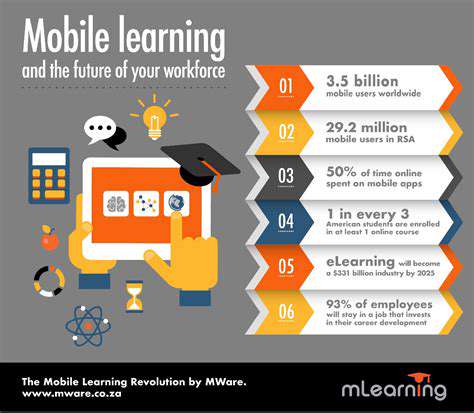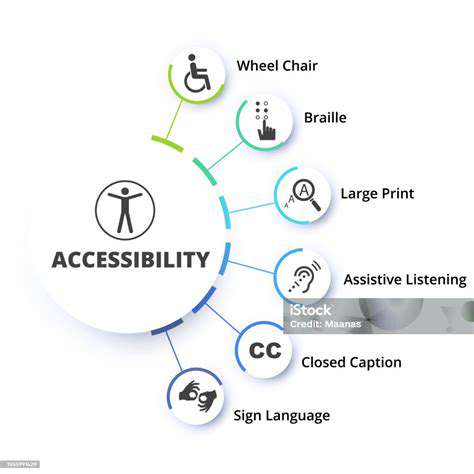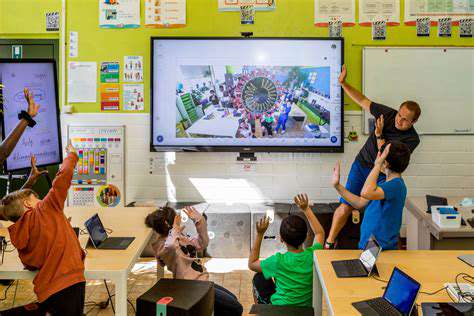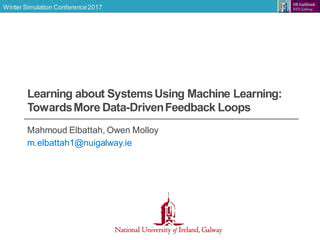EdTech for Inclusive Education: Supporting Diverse Learners with Technology
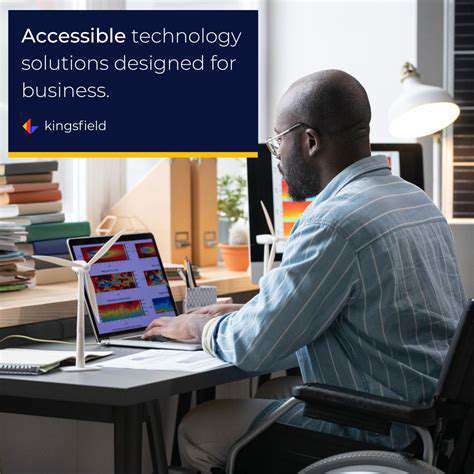
Assistive Technology: Empowering Students with Disabilities

Assistive Technology Devices
Assistive technology (AT) encompasses a wide range of tools and devices designed to help individuals with disabilities participate more fully in everyday life. These tools can range from simple modifications to environmental adaptations to sophisticated computer-based systems. The overarching goal of AT is to enhance independence, improve communication, increase access to education and employment opportunities, and promote overall well-being. AT can be instrumental in overcoming physical limitations, cognitive challenges, or sensory impairments, enabling individuals to achieve their personal goals and aspirations.
A diverse array of devices fall under the umbrella of assistive technology. This includes everything from specialized keyboards and mice for individuals with limited motor skills to screen readers for visually impaired users. Further, augmentative and alternative communication (AAC) devices provide effective communication methods for individuals with speech impairments or other communication difficulties. These devices and tools, in various forms, are indispensable tools for fostering independence and inclusion.
Accessibility and Inclusivity
A crucial aspect of assistive technology is its role in promoting accessibility and inclusivity. By providing tools that address specific needs, AT helps to break down barriers and ensure that individuals with disabilities have equal access to opportunities and resources. This includes ensuring that buildings, transportation, and educational environments are adapted to accommodate diverse needs.
Accessibility extends beyond physical adaptations. It also encompasses digital accessibility, ensuring that websites, software, and other digital resources are usable by individuals with a wide range of disabilities. This involves using screen readers, alternative input methods, and other assistive technologies to make online content accessible. This commitment to inclusivity is essential to fostering a society where everyone can thrive.
Impact on Education and Employment
Assistive technology plays a vital role in enhancing educational outcomes for students with disabilities. By providing appropriate tools and support, AT can help students participate fully in the classroom, access curriculum materials, and achieve their academic goals. This can range from specialized software for note-taking and organization to communication aids that facilitate interaction with peers and teachers. These tools empower students and facilitate their learning.
Similarly, AT can significantly improve employment opportunities for individuals with disabilities. By providing tools that address specific needs and challenges, AT enables individuals to perform tasks effectively and efficiently. This can include specialized software for completing tasks, assistive devices for navigating the workplace, and ergonomic tools to enhance comfort and safety. This improves their employability and their ability to contribute to the workforce.
Ethical Considerations and Future Trends
As assistive technology continues to evolve, it's crucial to consider the ethical implications of its use. Issues surrounding privacy, data security, and equitable access need careful consideration. The development and implementation of AT should prioritize inclusivity and respect the dignity of individuals with disabilities. Furthermore, the future of AT is likely to be shaped by advancements in artificial intelligence (AI) and machine learning, leading to increasingly sophisticated and personalized solutions.
The integration of emerging technologies like AI and virtual reality (VR) is expected to revolutionize the field. These technologies could lead to more intuitive and user-friendly tools, personalized learning experiences, and innovative solutions for complex needs. The ongoing evolution of AT is driven by a commitment to improving the quality of life for individuals with disabilities.
Beyond the Classroom: Expanding Educational Opportunities
Enhancing Learning Through Technology
Technology has revolutionized the way we learn, offering unprecedented opportunities for personalized and engaging educational experiences. Beyond the traditional classroom setting, educational technology (EdTech) tools can cater to diverse learning styles and paces, providing students with the flexibility to learn at their own optimal speed and in formats that resonate with them. This accessibility is crucial, especially for students who may struggle in traditional learning environments.
Interactive simulations, online resources, and digital platforms can transform abstract concepts into tangible experiences, fostering deeper understanding and critical thinking skills. EdTech tools can also facilitate collaboration among students, allowing them to learn from one another and develop crucial social-emotional skills in a supportive online environment. This collaborative spirit is particularly beneficial in creating an inclusive learning environment where everyone feels empowered to contribute.
Personalized Learning Journeys
One of the most significant benefits of EdTech is its ability to tailor learning experiences to individual student needs. Adaptive learning platforms can assess a student's knowledge gaps and strengths, then dynamically adjust the curriculum to provide targeted support and enrichment. This personalized approach ensures that each student receives the specific instruction they need to succeed, fostering a sense of ownership and motivation in the learning process.
By tracking progress and identifying areas where a student needs extra assistance, EdTech tools can help educators provide timely interventions and prevent learning gaps from widening. This proactive approach to education is especially important for students from diverse backgrounds who may need additional support to thrive in an academic setting. Personalized learning fosters an inclusive environment where every student feels valued and supported.
Bridging the Digital Divide
While EdTech offers immense potential, it's crucial to acknowledge and address the digital divide that can hinder access to these resources for some students. Strategies must be implemented to ensure equitable access to technology and internet connectivity for all students, regardless of their socioeconomic background or geographical location. This involves providing necessary devices, internet access, and digital literacy training to ensure that no student is left behind.
Promoting Inclusivity and Accessibility
EdTech has the power to create truly inclusive learning environments by offering tools and resources that cater to diverse learning styles and needs. Accessibility features like screen readers, text-to-speech software, and adjustable font sizes can significantly enhance the learning experience for students with disabilities. This focus on inclusivity ensures that every student, regardless of their background or abilities, can fully participate and thrive in the educational process.
Tools that support multiple languages and diverse cultural perspectives can also foster a sense of belonging and cultural sensitivity. By incorporating elements of cultural responsiveness into educational technology, we can create a more equitable and welcoming learning environment for all students.
Fostering Collaboration and Communication
EdTech platforms facilitate seamless communication and collaboration between students, teachers, and parents. Online forums, discussion boards, and video conferencing tools can create dynamic learning communities, fostering a sense of connection and mutual support. This ongoing dialogue can help teachers better understand student needs and tailor their instruction accordingly. This is especially valuable in promoting inclusive practices where teachers can get a better understanding of the individual needs of each student.
Through online platforms, students can collaborate on projects, share ideas, and learn from one another's perspectives in a safe and supportive environment. This collaborative approach to learning can help foster critical thinking skills, creativity, and a sense of community among students, leading to a more engaging and inclusive educational experience.
Read more about EdTech for Inclusive Education: Supporting Diverse Learners with Technology
Hot Recommendations
- Attribution Modeling in Google Analytics: Credit Where It's Due
- Understanding Statistical Significance in A/B Testing
- Future Proofing Your Brand in the Digital Landscape
- Measuring CTV Ad Performance: Key Metrics
- Negative Keywords: Preventing Wasted Ad Spend
- Building Local Citations: Essential for Local SEO
- Responsive Design for Mobile Devices: A Practical Guide
- Mobile First Web Design: Ensuring a Seamless User Experience
- Understanding Your Competitors' Digital Marketing Strategies
- Google Display Network: Reaching a Broader Audience

